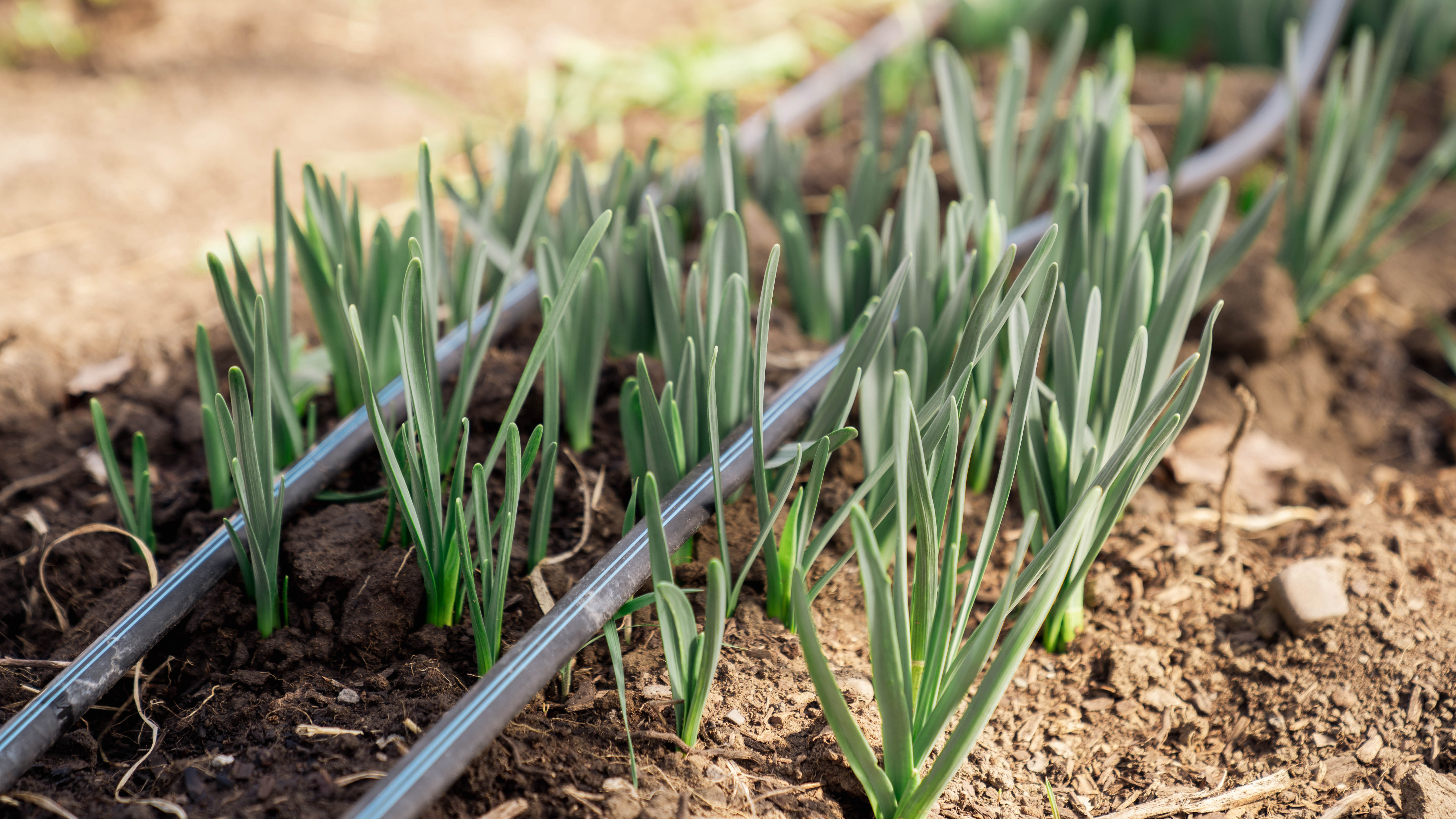
Sustainability
Biodiversity
CWU Biodiversity
CWU is working to asses the biodiversity on campus, and to restore and protect areas on campus that support biodiversity. Biodiversity supports genetic and species diversity, enhances an ecosystem’s ability to adapt to natural processes and environmental stress, and creates an ecosystem that is more resilient and sustainable.Notable areas on CWU’s campus that support biodiversity include:
- Wilson Creek Restoration sites
- Engelhorn Pond
- Wildcat Neighborhood Farm
- Butterfly Garden at Mitchell Hall
Wilson Creek, a tributary of the Yakima River, runs through a portion of CWU's campus. Restoration projects in and around Wilson creek on campus support biodiversity. These projects have been done in collaboration with Mid-Columbia Fisheries Enhancement Group (MCFEG), whose goal is to protect and restore wild salmonid populations and their habitats through restoration, protection, education, and community involvement.
- Past projects on Wilson Creek have included: re-routing the river, enhancing riparian areas, and assessments of species and water quality.
- In 2008 MCFEG and CWU collaborated on restoring Wilson Creek on the south side of by the addition of large woody debris and native plants including ponderosa pine, Douglas fir, elderberry, Oregon white oak, and Oregon grape.
- In recent years MCFEG has continued to partner with CWU to enhance the riparian buffer along Wilson Creek near the SMaCC with native/drought resistant plants, as well as restore the habitat of the small natural island in the SURC parking lot.
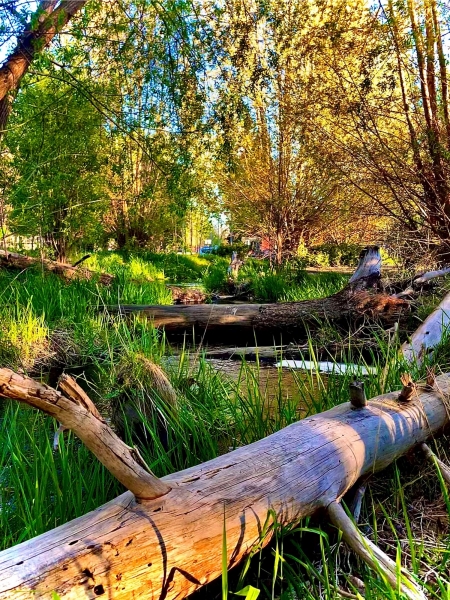
Engelhorn Pond:
Engelhorn Pond is located on the west side of CWU’s campus, and has 1.97 jurisdictional acres of wetland. This is the biggest area of biodiversity on campus and is the most protected area on campus as well. The pond is surrounded by fencing to enhance the protection of the species that live there. This area holds many plant species such as willows, cherry trees, cattails, sagebrush, bitterbrush, and many other native and non-native plant species. According to an honors thesis done by Kiana Rose, a total of 67 different species of birds have also been spotted at Engelhorn Pond.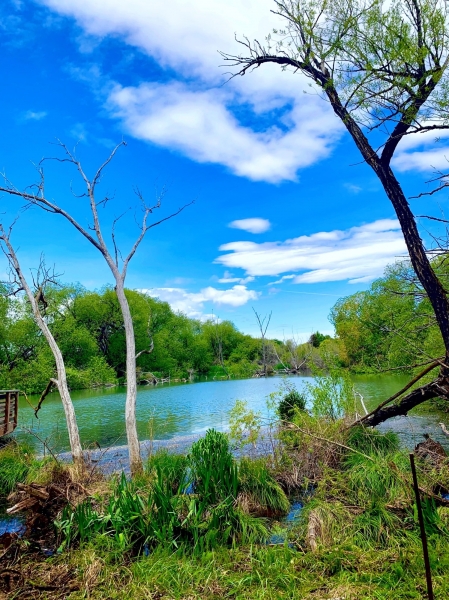
Wildcat Neighborhood Farm:
Farms in urban areas can serve as a habitat for pollinators, such as birds, bats, bees, and butterflies. The Wildcat Neighborhood Farm has pollinator gardens with plants that have been selected to support local pollinator populations. These plants include: western pearly, western columbine, creeping bellflower, and bee plant.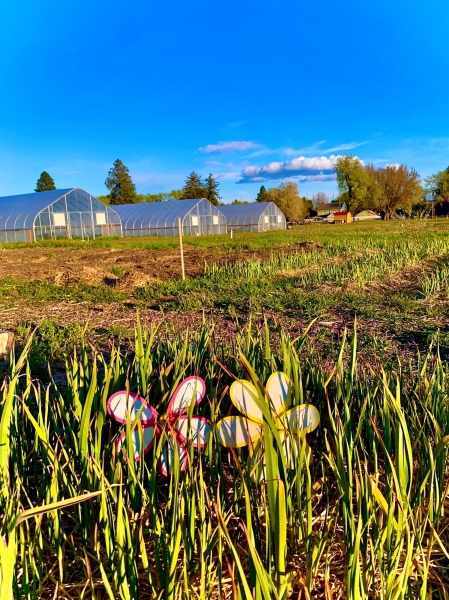
Butterfly Garden:
The Butterfly Garden at Mitchell Hall is a garden that was created by Nan Doolittle who was inspired to create it after the death of her daughter. The garden has an interpretive walk illustrating the life cycle of the butterfly with plants and trees that are native to Kittitas Valley and Central Washington. These native plants support the butterfly species that live in the garden, called painted ladies, along with many other insects that are native to Central Washington.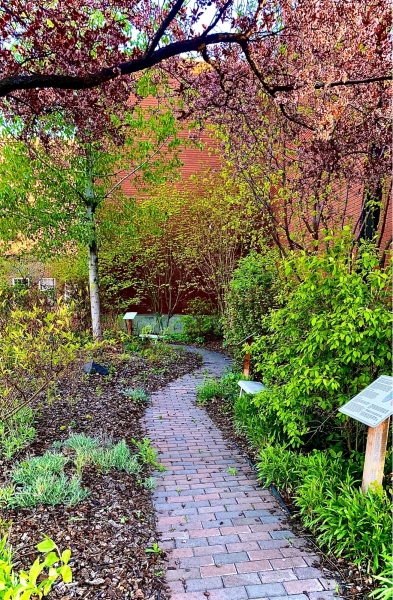
CWU News

Online Master’s of Education program now offers special education endorsement
May 15, 2024
by Rune Torgersen

Lenny Price brings Detroit perspective to CWU Jazz
May 15, 2024
by University Relations